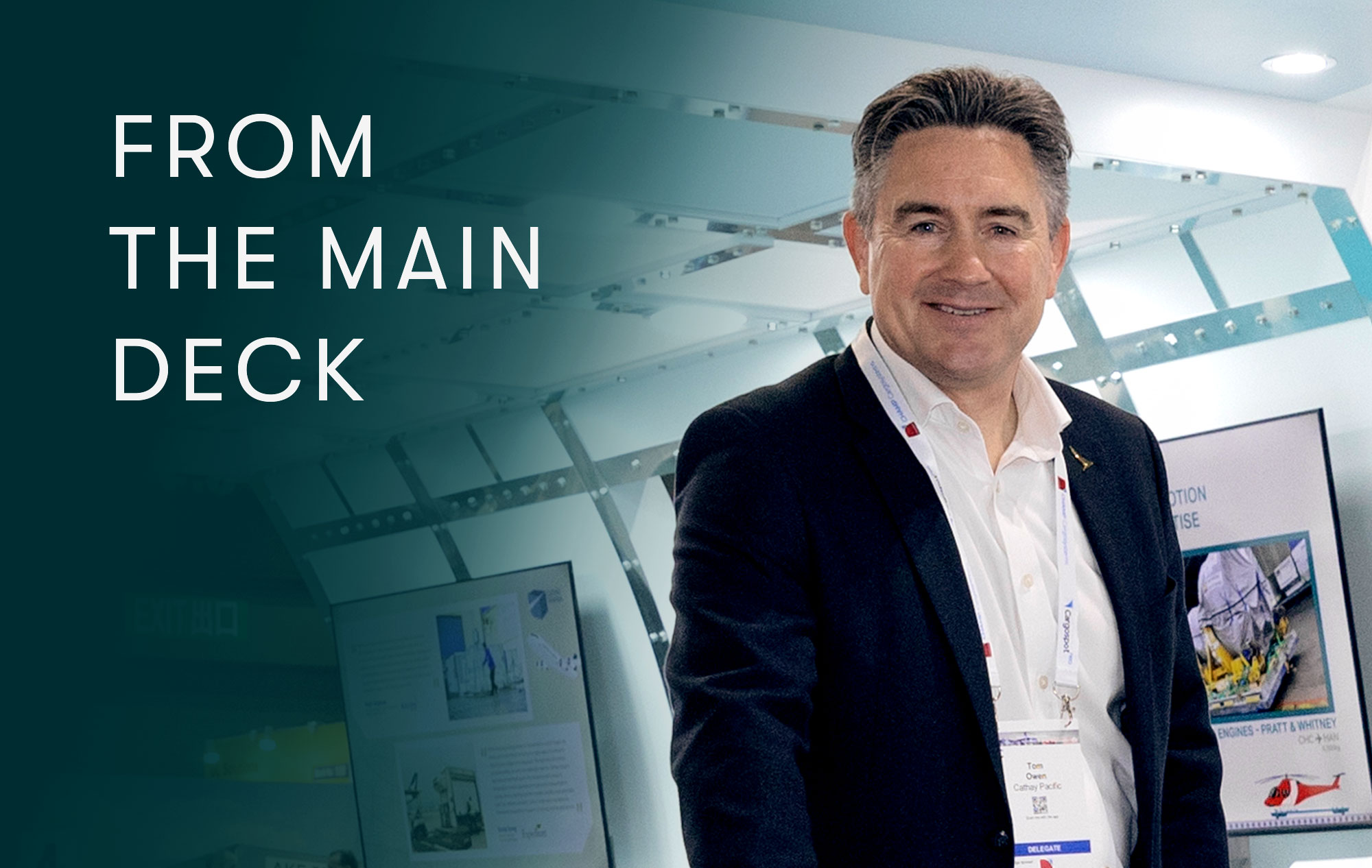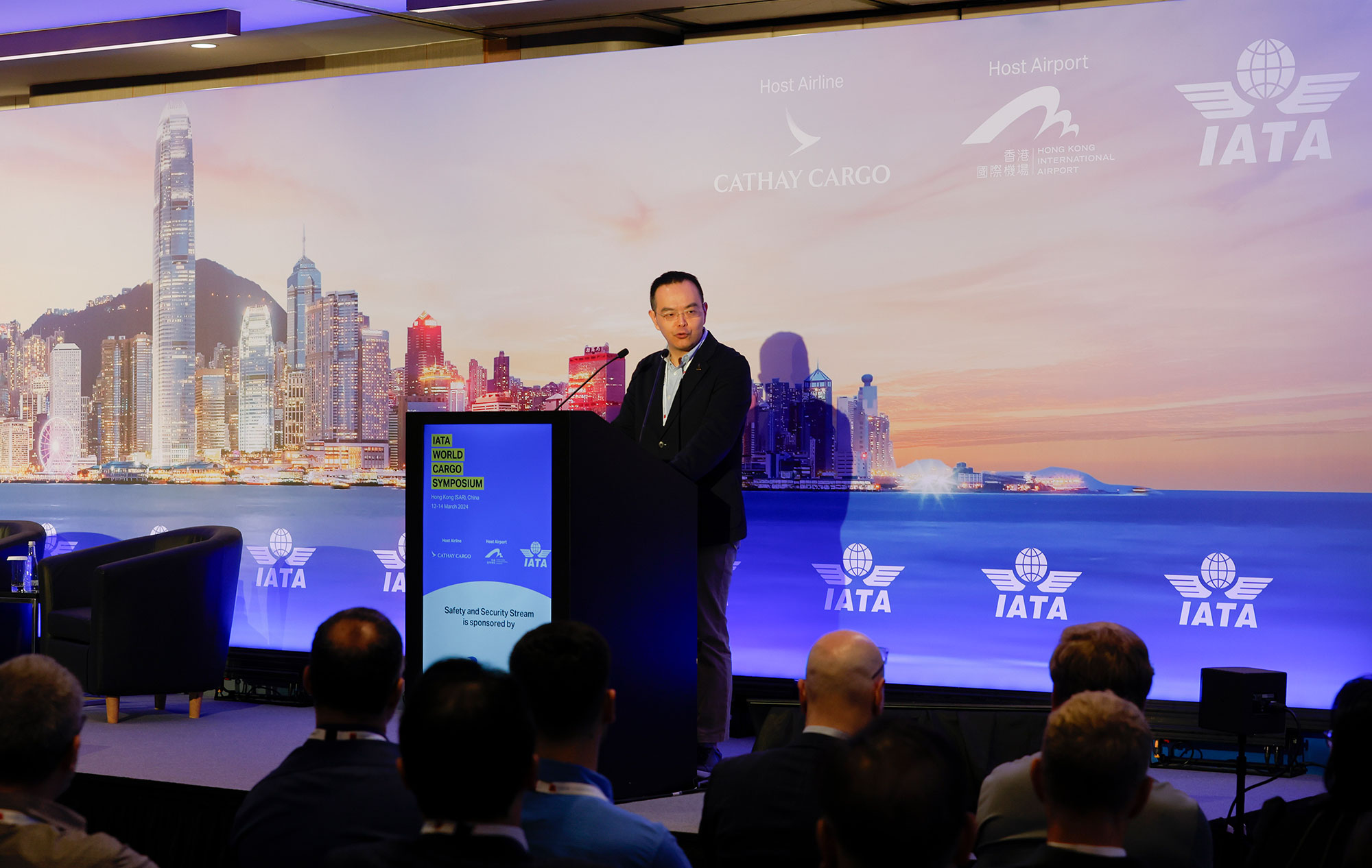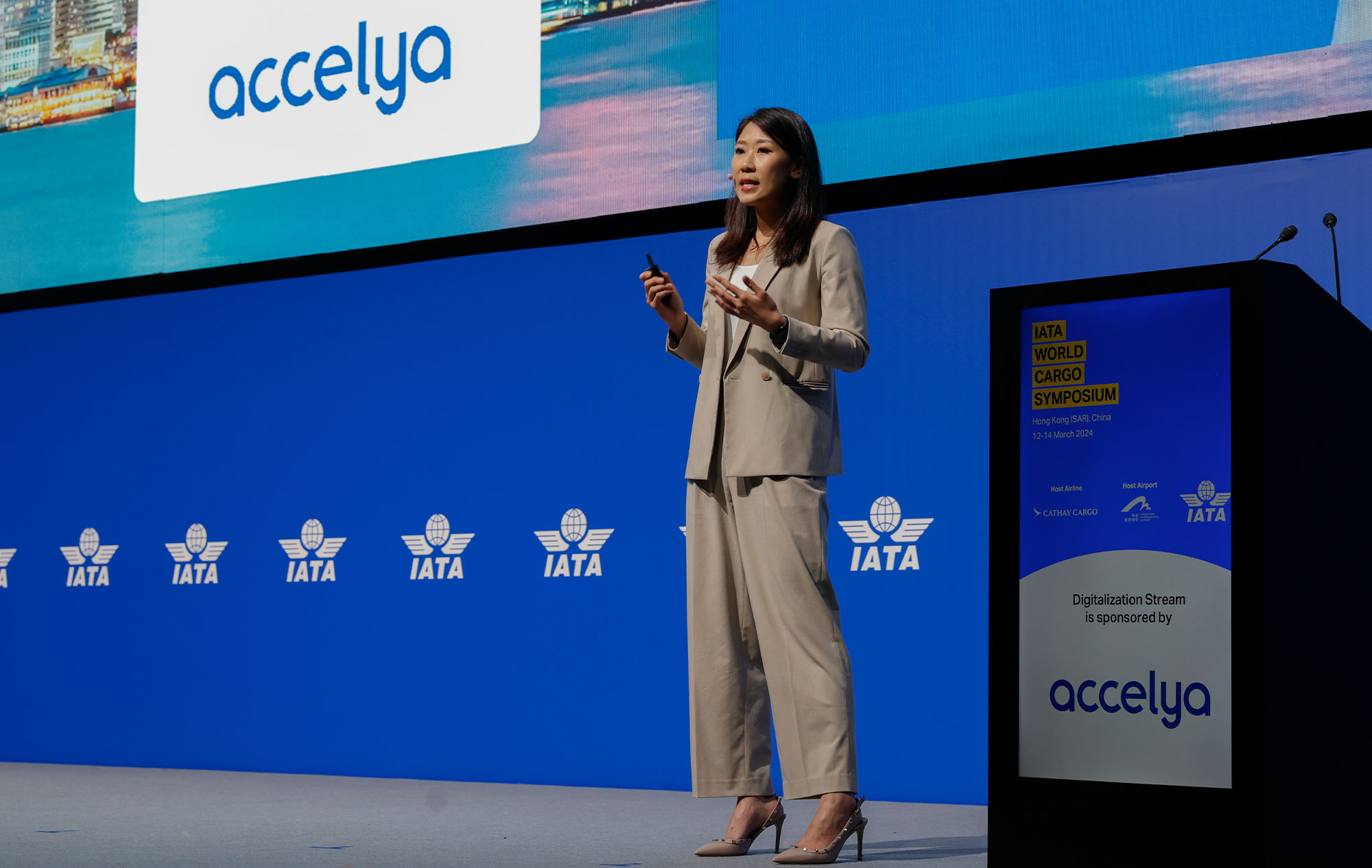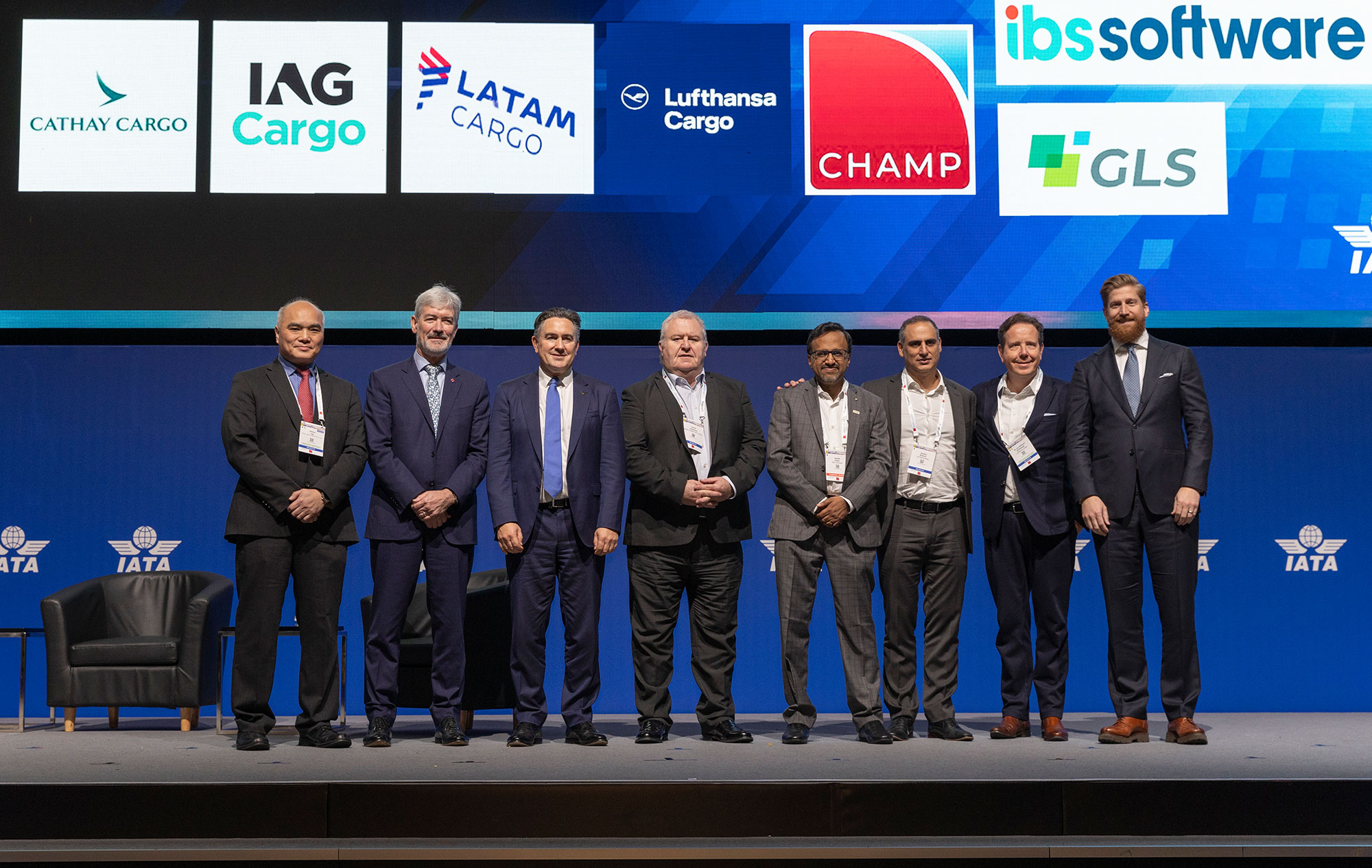The theme for this year’s International Women’s Day is #BreakTheBias. The aim: to create an equitable world for women in terms of pay, promotion and opportunity. This isn’t just a nice-to-have: it makes sound business sense and there are real bottom-line benefits too.
Diversity wins, consulting firm McKinsey’s most recent report on diversity in senior teams, underlines exactly that. It found that ‘the relationship between diversity on executive teams and the likelihood of financial outperformance has strengthened over time,’ adding that ‘there is ample evidence that diverse and inclusive companies are more likely to make better, bolder decisions.’
Read more: Ingrid Raj of DHL Express on making gender balance a priority
In terms of becoming progressive companies, it would be hard to find two industries with a bigger legacy of gender imbalance than aviation and logistics. Yet the steeper the hill, the higher you climb with each step – and significant progress is being made.
A few years ago IATA launched its 25by2025 initiative to help redress the gender imbalance in aviation. Cathay Pacific was eager to play a part.
‘We had no hesitation in signing,’ says Tom Owen, Director Cargo. 25by2025 signatories commit to a number of steps, including an increase in the number of women in senior and under-represented positions by 25% by 2025. ‘In fact,’ says Owen, ‘we want to better that. We want to be an airline of choice for our people, customers and business partners because of our strong commitment to diversity and inclusion.’
Things are moving in the right direction at Cathay; the Cargo team is 34 per cent female. Back in 2018, when IATA launched the 25by2025 initiative, just three per cent of airline CEOs and COOs were female, and just eight per cent of CFOs. Last year, Cathay upped these stats when Rebecca Sharpe joined the Cathay executive team as Chief Financial Officer.
She is an advocate of eliminating the barriers and biases that deter women from advancing in their careers – so that their skills and experience have the chance to flourish. ‘I have often been the only female in a meeting and in the very early days of my career, lacked the confidence to speak up,’ she says. ‘I believe it’s part of my responsibility to help the organisation improve our gender equality, so that our female leaders are not the only females in the room. I’m committed to working to ensure that Cathay is a place where all women’s careers can thrive.’
Read more: Ingrid Raj of DHL Express on making gender balance a priority
As part of this, Sharpe has also taken on the role of sponsor of the Cathay Pacific Women’s Network: a support, networking and lobbying group which has grown to around 800 members since 2018. It forms a key part of Cathay’s commitment to diversity and inclusion, and has now appointed a dedicated D&I Lead to support both the Network and also Fly With Pride, the group for the company’s LGBTQ employees and allies.
But aviation and logistics do come with some legacy gender puzzles to solve. The largest employee group at Cathay Pacific is cabin crew, and the vast majority are female – 81 per cent. Meanwhile at the front of the plane, the flight deck maintains its male emphasis, with an industry average of around just five per cent for female pilots. Cathay has been able to buck the trend slightly at six per cent, helped in part by recruitment through the Cadet Pilot courses, which contain almost equal gender balance.
Cathay has also been running outreach sessions in Hong Kong taking female role models into the classroom. Now pilot recruitment is restarting, as are the Cadet trainings, which will continue to be an excellent entry point.
Read more: Second Officer Cherie Cheng on the importance of female role models in aviation
Some years ago, all of Cathay’s management pilots undertook training modules in unconscious bias to make the flight deck a comfortable place for everyone. Cathay’s objective is to extend that comfort company-wide, with a particular eye to recruitment and progression. After all, unconscious biases can begin in job descriptions and carry through to career development and benefits.
‘We will be looking at our organisational structure, removing bias where we see it, ensuring equal opportunities to development and progression, and building a strong gender-balanced pipeline across the company,’ says Tom Owen. ‘We will be reviewing key company policies to ensure they cater to our diverse employee groups and are inclusive in nature.’
Read more: Tobey Tse of Cathay Pacific Services Ltd. on eroding gender assumptions in the industry
This includes looking at company policies, such as parental leave that will cover all family types, rather than just the traditional mother and father roles. Owen adds: ‘In addition, we will be publishing guidelines around menstruation and menopause and creating a return-to-work programme for new mothers.’
Gender equality is a big piece of work, and there is more to be done, but it shows there is a strong willingness at Cathay and across aviation and logistics to effect real change for equality – one bias at a time.
If you’d like to find out more about Cathay Pacific Airways’ Diversity, Equity & Inclusion efforts, please feel free to contact Elaine Champion.








